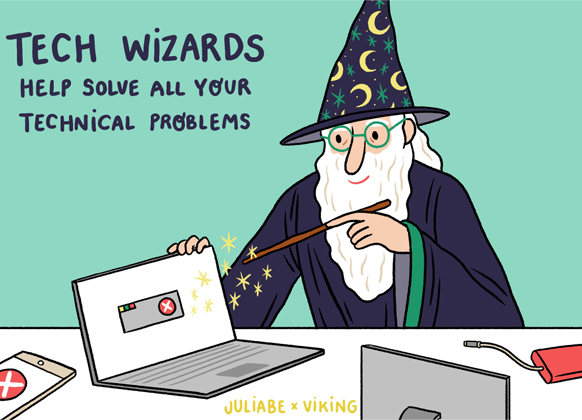Guest Blog by Head of Digital Experience – Anneka Burnett
Most adults are failing to get the recommended seven to nine hours of sleep each night, with the average UK adult only achieving 6 hours and 49 minutes sleep each night. Sleep loss can have a significant impact on businesses, with lower productivity and lower quality of work costing businesses significant sums of money each year. Sleep is also crucial for employee health and wellbeing, with employees likely to be absent through illness and to take longer to return to full health after a period of sleep loss.
To combat the negative effect limited sleep can have at work, employers such as Google and Ben & Jerry’s are embracing workplace naps. Research has found that a 15-20 minute nap in the afternoon will stop employees suffering from fatigue or feeling sluggish. After a nap, employees are more likely to feel alert and creative, leading to higher quality work and fewer mistakes being made as the working day draws to a close. Businesses who wish to allow napping at work can simply provide staff with the opportunity to take a nap and provide the facilities to do so. Whilst equipment such as sleep pods are available for employers to purchase, this can be as simple as allocating a quiet room that contains facilities for employees to lie down. At BrightHR, we have fully embraced workplace naps and have installed sleep tents where employees can take a power nap for 15-20 minutes. The outcome of this initiative is that post-nap employees have felt recharged and more motivated.
Allowing employees to nap at work is still seen as an unusual initiative and employees who have never had the opportunity to take a nap at work before may be unsure about their rights to sleep at work, or their responsibilities when doing so. Employers in high-pressure sectors or businesses with high demand may also experience a significant uptake in the initiative, leaving a shortage of staff during key times. To ensure full transparency and to remove any uncertainty, businesses can introduce a ‘napping at work policy’. The policy can outline information such as the facilities available within the workplace; the maximum length of time for resting; the period when naps can be taken; and how many staff can use the facilities at the same time.
Businesses who don’t want to introduce workplace naps could look at introducing downtime for employees instead, as recently suggested by Public Health England. Allowing downtime at work, and encouraging employees to switch off outside of work, will help employees to get longer and better quality sleep at night as they are less worried about their work responsibilities. To encourage this, employers should avoid sending emails or staff communications to mobile devices outside of working hours, set aside time for rest during the working day and provide quiet areas for employees to go to relax away from their workspace.





